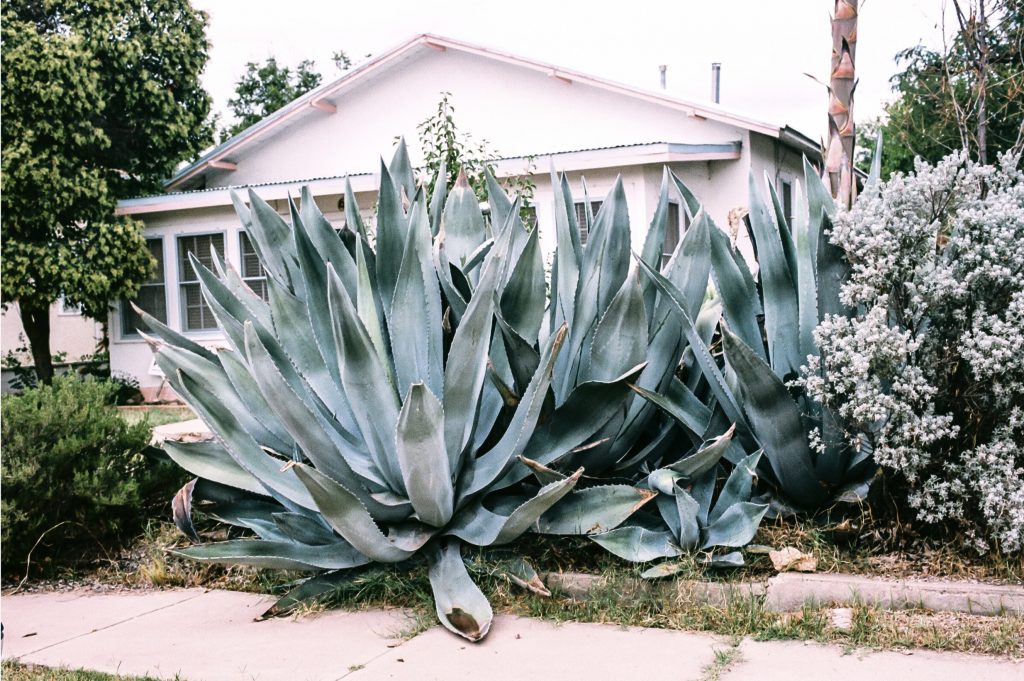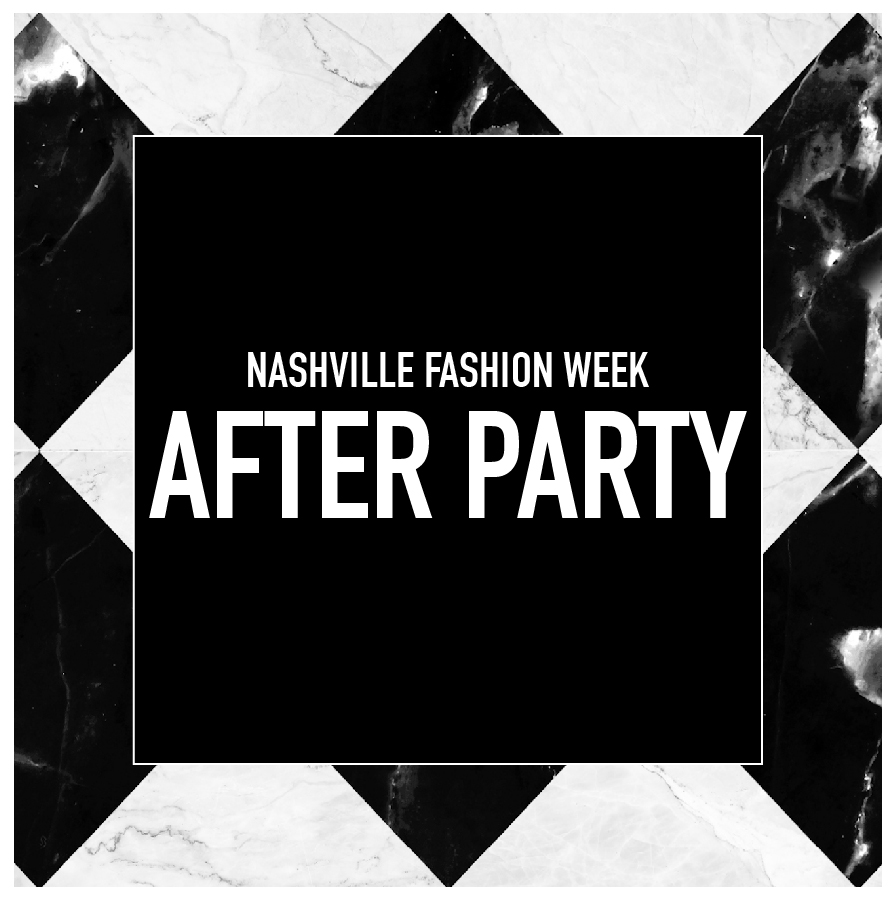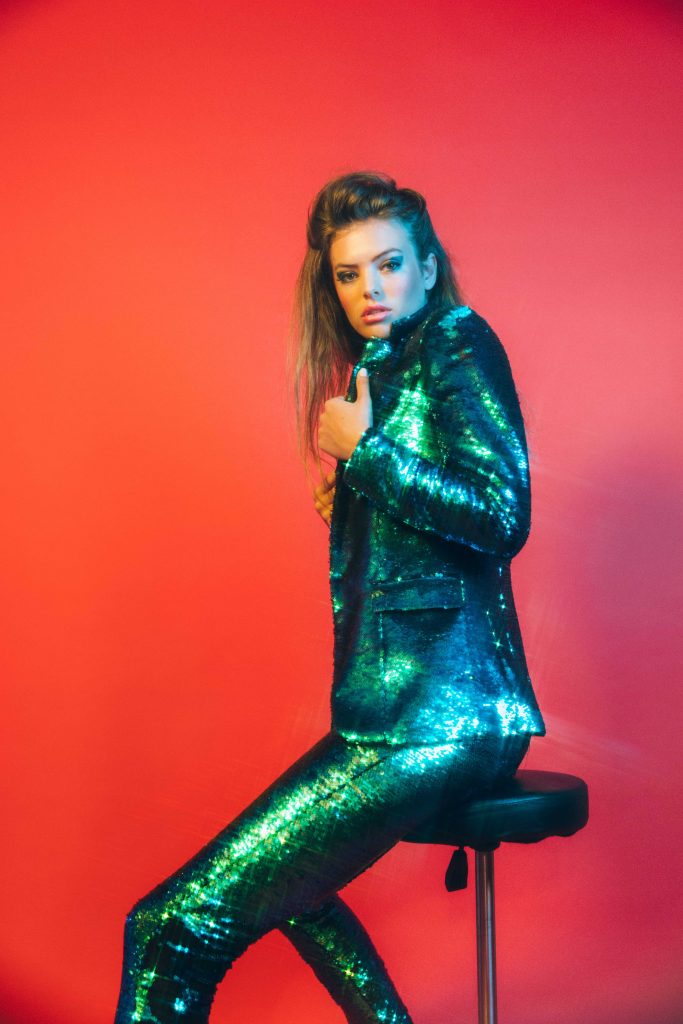
On the opening track of Oasis’ often (and rightfully) maligned third album, Be Here Now, Liam Gallagher—over some slippery wah-wah guitars from his brother Noel—snarls, “Coming in a mess / going out in style . . . d’you know what I mean?”
While sonically it’s not Oasis’ finest moment, the lyric summed up the Manchester band’s mythos better than anything since 1994’s “Rock ‘n’ Roll Star.” For better or worse, the Gallaghers were a sneering, defiant embodiment of the poor-boys-done-good narrative that’s pervaded popular music since there was popular music. They grew up in a council home, survived all sorts of trauma, and worked blue-collar jobs before becoming the biggest stars in England. As Noel stated in a 1997 interview with Q Magazine: “I fucking love that line, ‘Coming in a mess, going out in style.’ We were a bunch of scruffs from Manchester, and we’re going out in a Rolls Royce.”
I can’t help but think of it as I talk with Andrew Clancey, the designer behind Any Old Iron, in the brand’s flagship Shelby Avenue boutique. Maybe Gallagher’s line is on my mind because Clancey grew up just outside York, England, about seventy miles northeast of the Gallaghers. Maybe it’s because we’ve enjoyed a steady Brit-pop breakfast all morning, listening to everything from Blur to The Stone Roses to (naturally) Oasis. Or maybe it’s because Clancey says, “D’you know what I mean?” about every two minutes in a thick northern accent that makes him sound like an estranged member of The Smiths.
Whatever the reason, I’m certain of one thing: Clancey does know what Noel means.
Before he opened the original (and now-shuddered) Any Old Iron boutique in New York, which Clancey claims was the first British-designer-only vintage shop in America; before he moved to Nashville and started designing AOI’s signature sequined blazers and jumpsuits; and before Beyoncé, Miranda Lambert, and Aubrey Plaza started wearing said blazers and jumpsuits, Clancey worked in his family’s scrapyard.
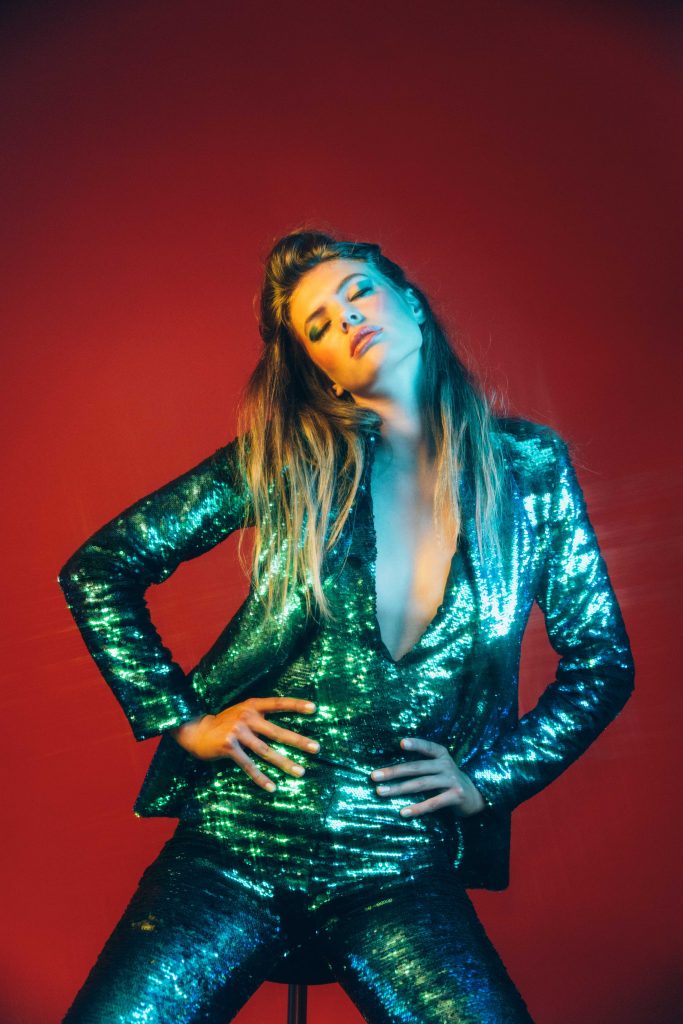
“I left school at sixteen, went straight into a scrapyard—straight into working,” he remembers. “The business started in 1872, so it was kind of expected. My grandma was in it, my dad, his two brothers, two uncles . . . It was really hard work, but the only expression, the only way of getting out of it, was probably the music scene in York. There was always bands, there was always different people touring into York.”
The forty-nine-year-old has fond—and enviable—teenage memories of seeing The Clash and UK Subs come through town. And though he admits that the first record he ever purchased was Sister Sledge’s We Are Family, it was punk that initially offered Clancey a glimpse of life beyond the scrapyard.
“Punk was really the beginning of my kind of identity,” he says. “I mean at sixteen, I was too young to go [to shows]. You’d just sneak in. You used to drink six pints of Screwdriver, throw up outside, and then go home and think it was a good night. D’you know what I mean?”
Though the punkier elements of Clancey’s style remain (AOI offers a handful of T-shirts that serve as cheeky homages to the Sex Pistols), his immersion in the punk scene was pretty short-lived. “Music genres in England change so fast,” he explains. “It was punk, and then there was a local village disco scene, then it was New Romantic, and then there was mod and ska . . . You would kind of go through all these changes, especially as a kid—you’re not sure exactly what you want to do.”
While figuring out what he wanted to do, Clancey entered a brief break-dancing phase (he would practice on a tarp during lunch at the scrapyard) and even became a semi-pro street skater (he won seventh place in the European Skateboarding Championships). At twenty-six—in a move that was naturally difficult for his parents to accept—Clancey, the last male in his family, moved to Leeds to “get involved in the clubbing scene.”
Translation: he dyed his hair pink and started working the door at a gay club called SpeedQueen. In a story that sounds like an outtake from Freaks and Geeks, Clancey remembers spraying his hair black before going to a “posh” Christmas dinner in York with his family, only to get exposed by the rain: “I got out of the car, and it started raining, and the black just ran down my face. I had black lines down my face. I had to go to the toilet and wash my face. [My dad] was kind of humored by it, d’you know what I mean?”
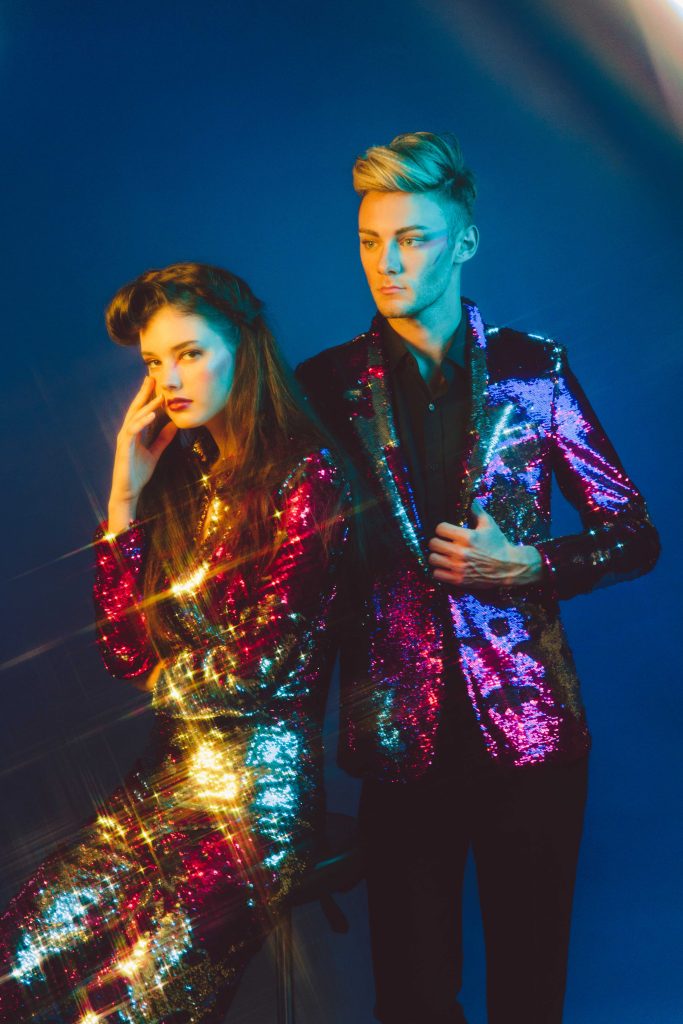
SpeedQueen led to organizing local comedy events like The Leeds Comedy Festival, but the entertainment industry proved to be . . . well, a little much. “I did [comedy] to get out of nightclubbing, just to try and get away from the clubs, because the hedonism was ridiculous. It was like these DJs and people going out, you’d go out and you would be up for two days and stuff,” he says, before starting to laugh. “It turns out the comedians are worse than the DJs. We were up for three days!”
While Clancey was living out a scene from 24 Hour Party People, his younger sister, Julia, was making a name for herself in the styling world (she’s now a prominent LA-based designer who’s shown at London Fashion Week and appeared in Vogue and ELLE). After landing a Coke ad in Australia, Julia got gigs with bands like Catatonia, Stereophonics, and Steps. Though he was still working the club scene in Leeds, Clancey came down to London to help her style a video with one of the actors from the never-ending UK soap Coronation Street. The shoot was “crappy,” but Clancey found something that stuck: free stuff. He got 800 quid—that’s a little over $1,000 USD—worth of clothing from the shoot. “Just for doing a bit of steaming and putting a few safety pins on things, embellishing a few things,” he says, still kind of incredulously.
Following that first shoot with Julia, Clancey took styling odd jobs in London before moving to Ibiza, where he ran clubs and continued to style. While it was a far cry from the designing he does today, it beat break-dancing during his lunch break. “It wasn’t like I had a proper career,” Clancey explains. “I had four or five different jobs, but it was a hell of a lot easier than driving a lorry in a scrapyard and being a forklift truck instructor.”
In his late thirties, Clancey “got serious about styling”: he moved to London, got engaged, and followed his now ex-fiancée to New York, where he hoped to make it in the fashion industry (and get a work visa). In the city, he met Christopher Melton, an arts entrepreneur who told him, “There’s no British-only brand boutique in America. It’s never happened. So let’s just do it.”
The original Any Old Iron boutique opened on the Lower East Side in 2010 and offered vintage pieces from UK mainstays like Sir Tom Baker, Fred Perry, Bolongaro Trevor, A Child of the Jago (the brainchild of Joseph Corré, son of Vivienne Westwood and Sex Pistols manager Malcolm McLaren), and Vivienne Westwood (at the time, AOI was America’s only Westwood carrier).
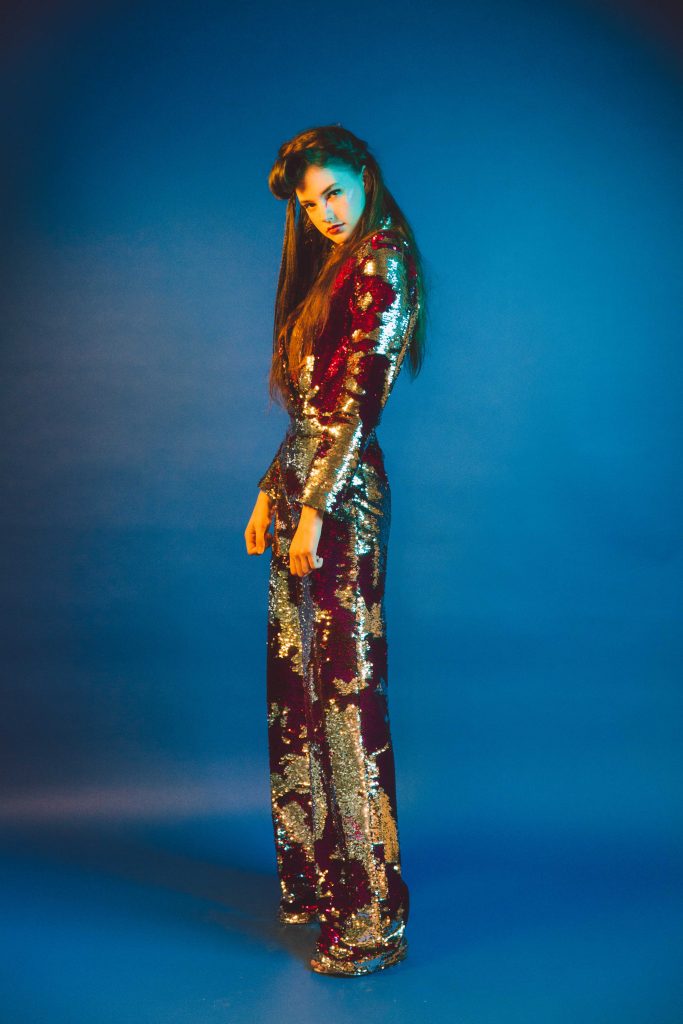
A note about the name: “Any old iron?” is what English scrapyard workers yelled from the back of their carts as they collected metal. This obviously works well with Clancey’s family history, but there are other levels to the name too. “Any Old Iron” was a British music hall song first made famous by Henry Champion in 1911. In nearly intelligible cockney slang, Champion tells the story of a guy who does his best to look dandy, but his pocket watch and chain leave a little to be desired. As a result, everyone from a group of kids to the mayor of London roasts him by asking, “Any old iron?” (Think of it as a turn-of-the-century version of the “What are those?” meme). Oh, and “any old iron hoof” can also mean “poof” (a pejorative for gays in the UK) in cockney rhyming slang.
Various connotations aside, Clancey’s Any Old Iron boutique was a niche attraction for post-WWII Anglophiles, and Clancey, in his mod suits and mismatched plaid, became something of a character around the LES. He sold pieces to Bruno Mars and Justin Bieber; he was one of Time Out’s “Most Stylish New Yorkers” in 2013; The New York Times wrote that AOI—and by extension, Clancey—was “a fixture on the local party scene.” Even his Boston Terrier, Monkey, was a star around the neighborhood.
“Such a melting pot. It was just like being in another London,” Clancey says of his time in New York. “We were doing the more flamboyant, drag queen, kind of clubby sort of thing. We wasn’t doing the douchey uptown sort of stuff. It was all Brooklyn kind of warehouse parties. It was definitely a fun time, but it nearly killed me.”
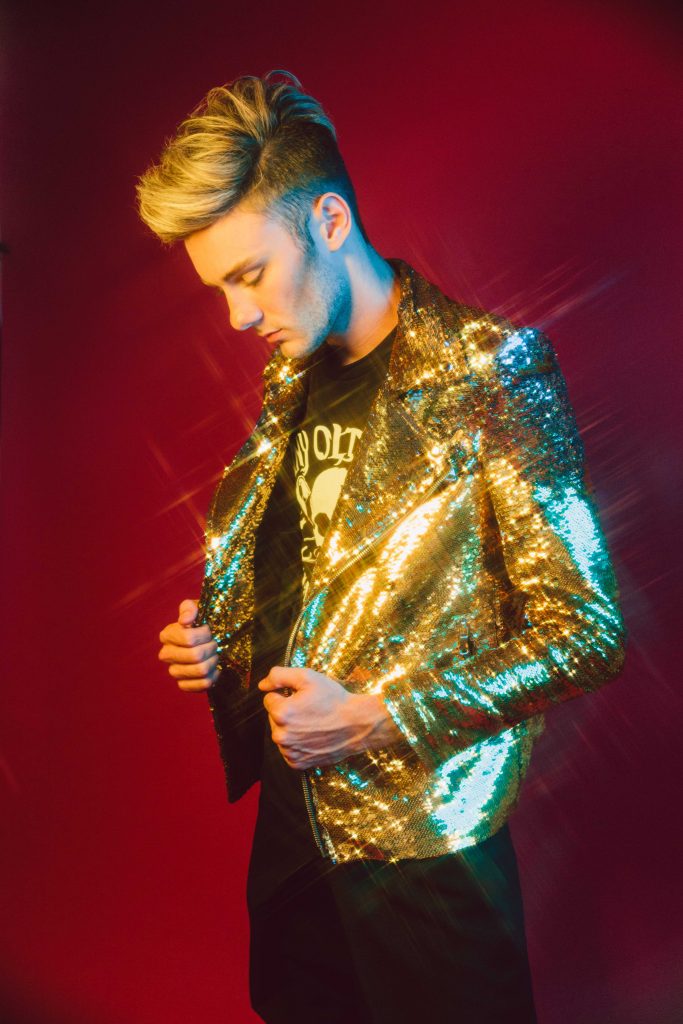
He’s not kidding. After years of working—and partying—six days a week, he went to the ER one day for what he thought was serious indigestion. It turned out to be “a proper heart attack.”
“I was killing it—having a rock ‘n’ roll lifestyle, d’you know what I mean?” he says, shaking his head. “Writing checks my body wouldn’t cash, all that rubbish. But it was such a minor one that it was like it was just a scare . . . That was a bit of a wake-up call, you know?”
A month after the heart attack, Melton and Clancey decided to uproot AOI to “somewhere that is still cool, still a big city, that isn’t as crazy.” New Orleans and Austin were on the shortlist, but Nashville, with its (ever-decreasing) countryside and storied hospitality, appealed to Clancey’s York sensibilities.
“The North of England is like the South of the States,” Clancey explains. “People are kind of more neighborly, nicer . . . The sense of humor is the same—we kind of take the piss out of each other a little bit. It’s definitely not as uptight.”
At the encouragement of The Trunk’s Abby Franklin and Christiev Carothers (she’s a stylist who’s married to the “Big” half of Big & Rich), Clancey and Melton visited Nashville. Six months of renovations and rezoning red tape later, Any Old Iron opened in the former S. W. Simpkins Grocery building. I use the term renovations loosely: the space, which Clancey shares and lives in with his girlfriend, Opium Vintage founder Laura Citron, looks largely the same from the outside. The zoning restrictions did, however, limit AOI to only four business days a week.
The time off gave Clancey some ideas. Inspired by everyone from Yohji Yamamoto to Westwood, he began to design his own line. It started small, he explains, with just one jacket: “I found the sequins that I wanted in Nashville, actually. It was in Textile Fabrics I found the flip-sequin fabric, and I was like, ‘Oh my God, I wonder if this can be made,’ ya know?”
With a little help from a production team—Clancey “owns up” to not spending sleepless nights in front of a sewing machine—AOI’s first original collection was born, just in time for 2016’s Nashville Fashion Week. And then he made six more collections, which he showed in St. Louis, Charleston, Palm Springs, and South Walton.
“I’m a bit obsessive,” Clancey says. “I’m like, I’ve got to make, I’ve got to get it done, I’ve got to kind of make up for lost time. Flipping hell, I’m getting up to near fifty. I want to retire on a beach by the time I’m sixty, at least sixty-five, so I’ve got to get my shit together.”
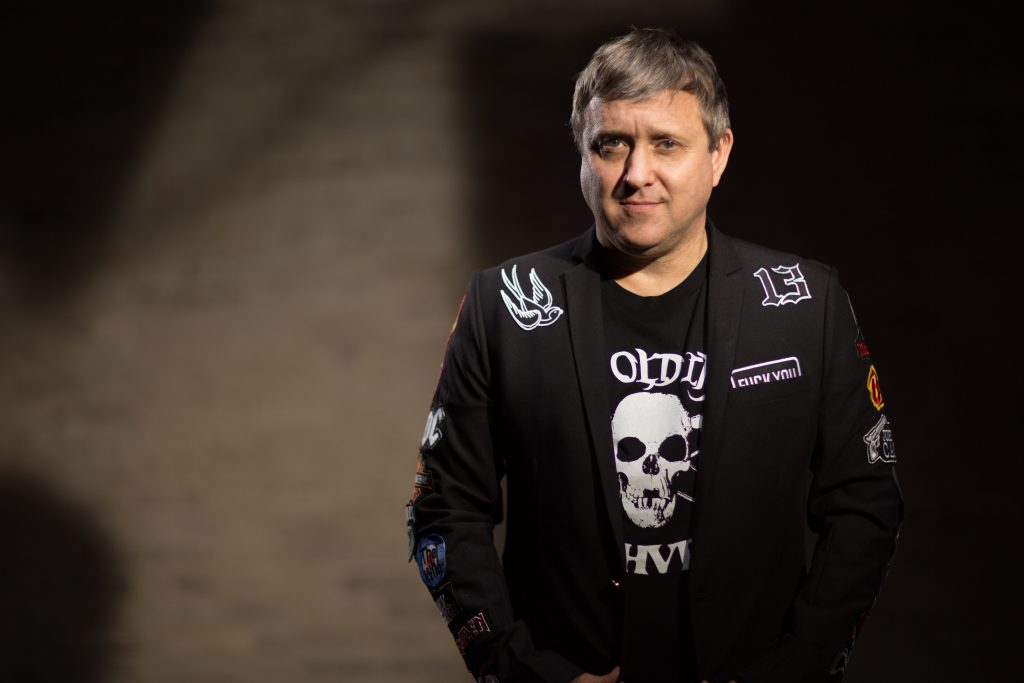
Right now, getting his shit together involves releasing yet another collection in mid-October, shows in Vegas and Miami, and a couple of to-be-announced celebrity collaborations. But more than anything, Clancey’s got his bedazzled eyes set on bigger manufacturing to satisfy the increasing demand for AOI.
“I’m just kind of getting us out there into many different places,” he says. “If you want to be a national brand, then you have to travel. And then if you want to be a global brand, then you have to travel even more.”
In other words, Beyoncé wearing AOI’s $5,000 Any Old Rhinestone Jacket (now renamed the Any Old Beyoncé Jacket) last year was only the beginning. Like an evangelical Johnny Rotten, Clancey hopes to spread his gospel to everyone, so that you, too, may be able to release your inner punk.
“Everything I make, I want you to walk in the room and feel like you’re a rockstar,” he says. “[I want you] to feel like you’ve just walked onstage, and everyone’s turned round looking at you, you know what I mean? That’s kind of how I feel about clothing . . . It’s about being individual and having the balls to wear something a little unusual.”
Any Old Iron is open Thursday through Saturday 12 p.m. to 6 p.m. and Sunday through Wednesday by appointment only. Visit the online store here.
Suggested Content
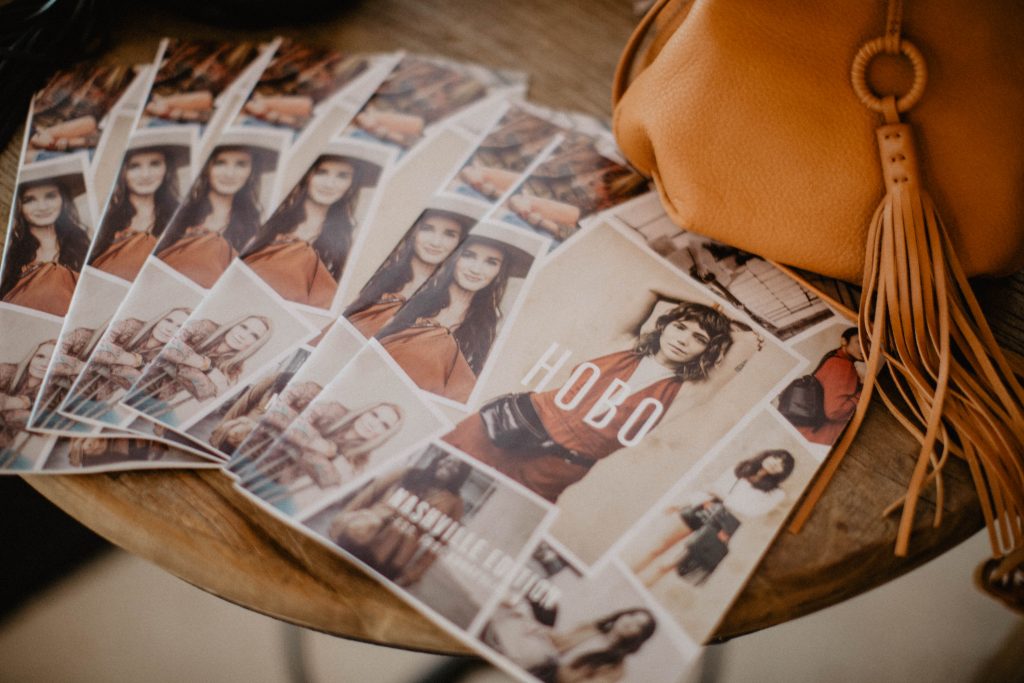
PHOTO RECAP: Hobo Leather Lounge
Last week we went to the Hobo Leather Lounge at White's Mercantile on 12th South. Here's what we saw.

